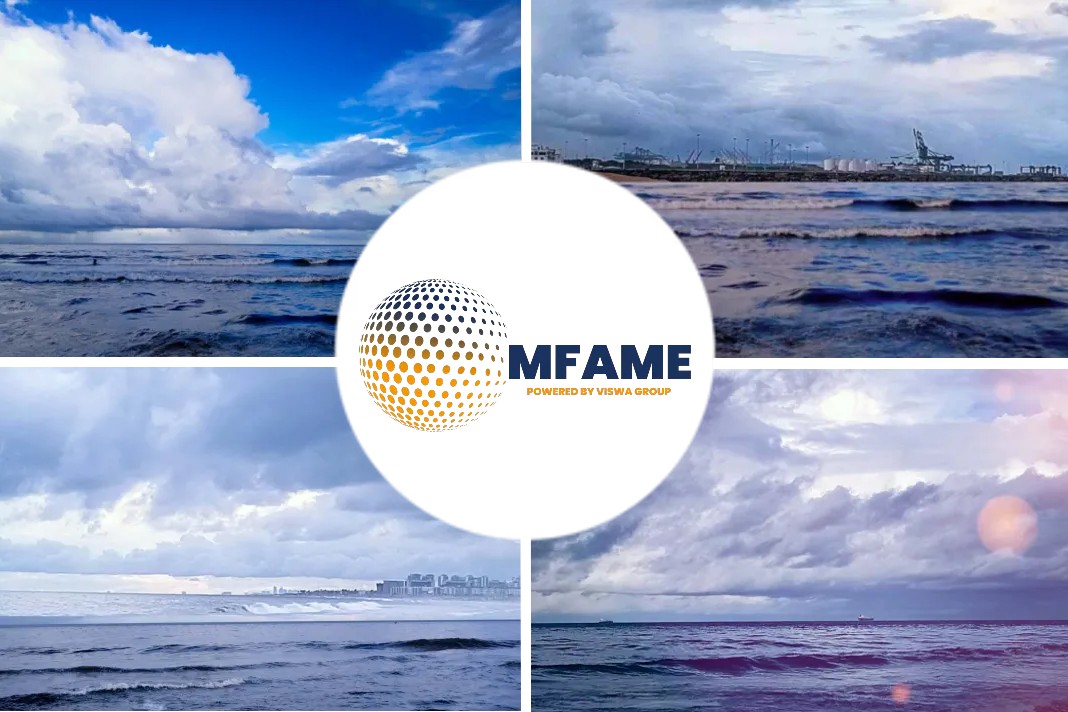The Marine Accident Investigation Branch (MAIB) examines and investigates all types of marine accidents to or on board UK vessels worldwide, and other vessels in UK territorial waters. The following report highlights the lessons learnt from the grounding of a cargo vessel due to mobile distraction.
Incident description
A small cargo vessel was on sea passage and heading towards the coastline of the country
of its next port of call. The OOW had taken over at 0200 and soon thereafter had started
watching music videos on his mobile phone.
Between about 0230 and 0430 the vessel was slowly set of the planned track by the tidal stream in the area. This resulted in the vessel heading towards some outlying, uninhabited rocky islands, marked by a lighthouse. However, the risk of grounding had not been observed by the OOW.
The vessel was also proceeding towards an area where there was a voluntary reporting zone and a VTS area. Watch-keepers ashore noticed that the vessel was heading into danger, and made verbal warnings. However, the OOW did not respond in sufcient time to prevent grounding heavily on rocks.
The vessel was badly damaged by the accident and remained aground for several days until the cargo had been removed and sufficient tugs were available to haul it of the rocks.
Lessons learnt
The accident happened primarily because the OOW was distracted from navigation
by the use of a mobile phone. This is a hazard that must be guarded against by appropriate policies for the use of mobile phones at sea.
Fatigue was also a potential causal factor. It was the middle of the night and the OOW was alone and bored on a warm bridge. These were conditions that induced a high risk of falling asleep – and he might have done so from time to time.
Combatting boredom and fatigue is about ensuring high levels of supervision and that safeguards, such as the bridge navigation watch alarm (BNWAS), are in use.
In this case, the BNWAS was switched of and there were no other alarms in place to warn the OOW of the looming danger.
The shore authorities offered verbal warnings to the OOW that the vessel was heading into danger. These warnings were made in sufficient time for action to be taken to avoid the grounding. Bridge teams need to heed warnings from shore and establish exactly what is being reported and what action to take.
In this case, the OOW was not comprehending the importance of the warnings being transmitted.
Passage planning is not limited to the intended track on the chart or in the ECDIS. A comprehensive passage plan should identify all the hazards ahead and determine the safest route. This should include identifying all navigation marks, lights and buoys, which should then be positively identified when observed and cross-checked with other navigational data
to ensure accuracy of the passage.
This vessel was approaching land and the rocky area where it ran aground was marked by a lighthouse, which would have been visual for a long time as the vessel approached. This was vital, visual navigational information that did not feature in the passage plan and was not subsequently utilized for navigational safety on board.
Did you subscribe to our daily newsletter?
It’s Free! Click here to Subscribe!
Source: Marine Accident Investigation Branch
















